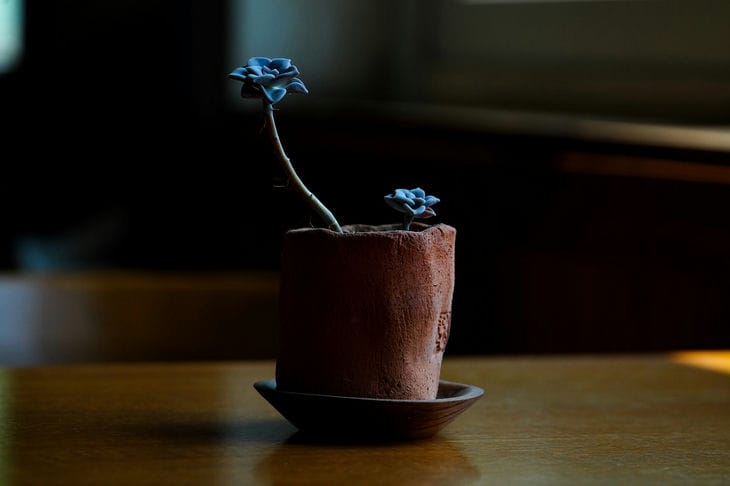The appearance of gnats in flower pots is a common problem faced by many indoor plant lovers.
These small insects are not only annoying in their presence, but can also harm plants if they are not eliminated in time.
Problem Definition
Before you start fighting gnats, it is important to make sure that they are really them. Most often, fungus gnats or sciarids start up in flower pots.
These small black insects live in the upper soil layer and feed on organic remains. Their larvae can damage plant roots, which leads to weakening and even death of the flower.
Reasons for the appearance of midges
The main reasons for the appearance of midges in pots are excessive soil moisture and the presence of organic matter in it.

Over-watering creates ideal conditions for the reproduction of insects, and organic matter serves as food for their larvae.
Also, midges can appear due to the use of poor-quality soil or the introduction of insect eggs with new plants.
Changing the watering regime
The first step in fighting gnats is to adjust your watering regime.
Reduce the frequency and volume of watering, allowing the top layer of soil to dry out between waterings. This will create unfavorable conditions for the reproduction of insects and their larvae.
Mechanical removal
A simple but effective method is to remove insects mechanically. You can use yellow sticky traps that attract midges.
The traps are placed on the soil surface or near the plant. It is also effective to cover the pot with a plastic bag, leaving a small hole - the midges will strive for the light and end up in the trap.
Using natural remedies
There are a number of natural remedies that can repel or kill midges:
- Cinnamon: Sprinkle ground cinnamon on the soil surface, which has insecticidal properties.
- Garlic: Crushed garlic cloves placed in soil repel insects.
- Mustard: A solution of dry mustard (1 tablespoon per liter of water) is effective against midge larvae.
Use of chemicals
In cases of severe infestation, the use of chemical insecticides may be required.
You should choose products that are safe for plants and strictly follow the instructions for use. Popular products include "Aktara", "Fitoverm" and "Pochin".
Replacing the topsoil
An effective method of control is to replace the top layer of soil (2-3 cm) with fresh sterile soil. This will help remove the eggs and larvae of midges.
When replanting a plant, it is recommended to completely replace the soil and treat the roots with a weak solution of potassium permanganate.
Use of drainage
Improving the drainage in the pot will help prevent the soil from becoming over-watered. You can put a layer of expanded clay or small stones on the bottom of the pot, which will ensure better water drainage and reduce the risk of midges.
Preventive measures
To prevent the reappearance of midges, it is important to follow a number of preventive measures:
- Inspect plants regularly for insects.
- Use only high-quality sterile soil;
- Do not allow water to stagnate in the trays;
- Periodically loosen the top layer of soil to improve aeration.
Controlling gnats in flower pots requires a comprehensive approach and patience.
Combining different methods and following the rules for caring for plants will help not only get rid of annoying insects, but also prevent their appearance in the future.








